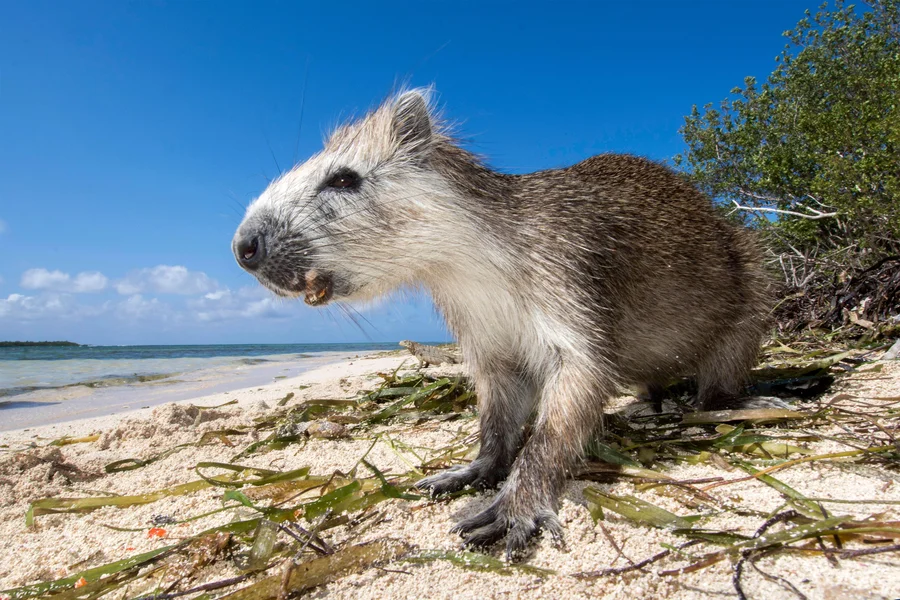Life moves at a leisurely pace for both islanders and their wildlife counterparts. Recent research published in Science Advances reveals that many warm-blooded species on islands have evolved a slower metabolic rate compared to their mainland relatives—a trait that provides them an advantage in resource-limited environments but exposes them to higher extinction risks when faced with human-induced changes.
“When the environment shifts or invasive species arrive on islands, these species often struggle to defend themselves,” explains co-lead author Ying Xiong, a zoologist at Sichuan Agricultural University in China. “We’ve identified a general metabolic pattern that helps explain their vulnerability.”
These findings contribute to our understanding of “island syndrome,” where island-dwelling species develop distinct physiological, ecological, and behavioral characteristics compared to mainland species. Previous studies on metabolic differences within island syndrome have been limited to specific species or groups, notes co-lead author Roberto Rozzi, curator of paleontology at Martin Luther University Halle-Wittenberg in Germany.
Rozzi emphasizes that their study marks the first comprehensive analysis, compiling metabolic data from over 2,000 warm-blooded species, including 193 from islands, and 695 cold-blooded species, with 38 from islands. Statistical analyses revealed that warm-blooded island species, encompassing birds and mammals, tend to exhibit lower metabolic rates compared to their mainland counterparts. This metabolic trait correlates significantly with higher extinction risks as indicated by assessments from the International Union for Conservation of Nature (IUCN) Red List.
Islands typically lack significant predators but offer fewer resources than mainland habitats. In such settings, a lower metabolic rate likely enhances species survival, requiring less daily energy expenditure, slower reproduction rates, and longer lifespans. However, this adaptive advantage can become a liability when environmental conditions change.
“The shift towards a slower pace of life also impacts species’ resilience by delaying their recovery after disturbances,” Rozzi explains. “Essentially, it becomes more challenging for them to recover.”
Human activities have been primary drivers of environmental changes on islands since the late Pleistocene. Upon arrival, humans often hunt native fauna, alter habitats, and introduce invasive species such as rats and cats. For island mammals and birds, their lower metabolic rates may work alongside other island syndrome traits—
